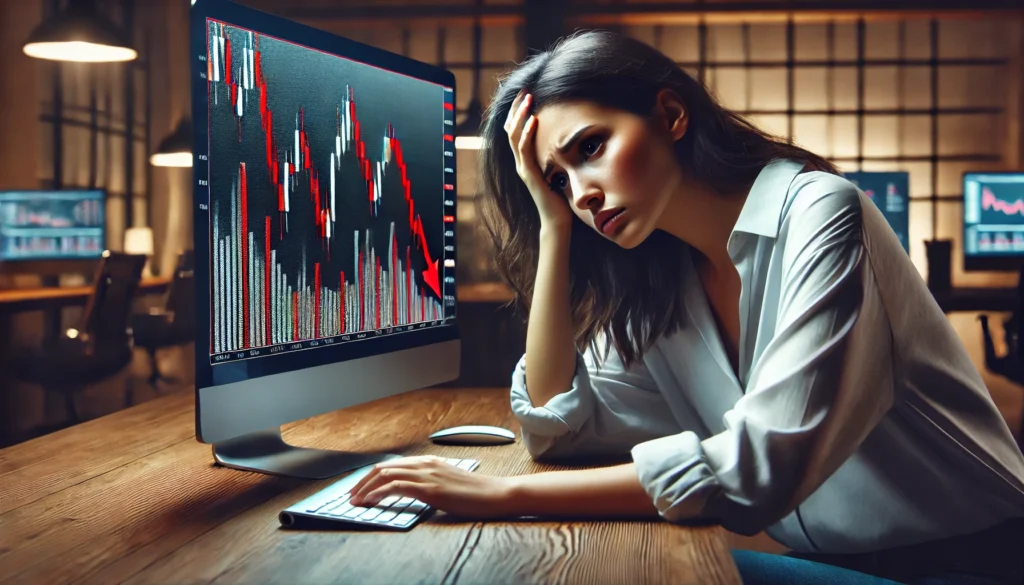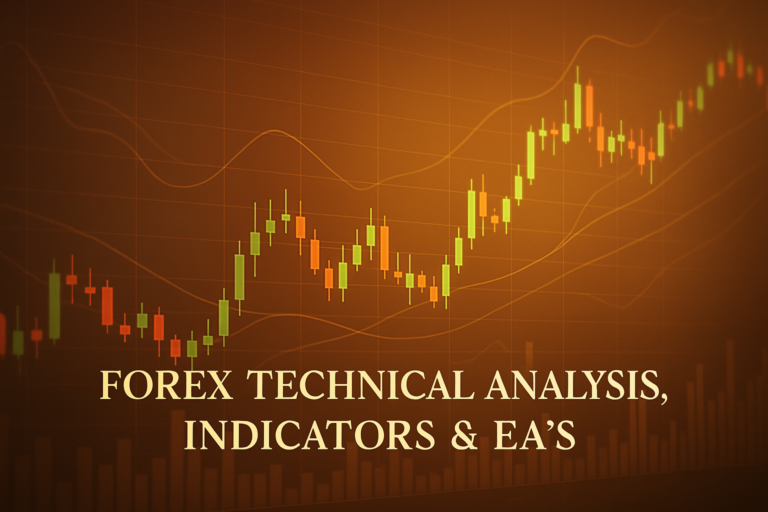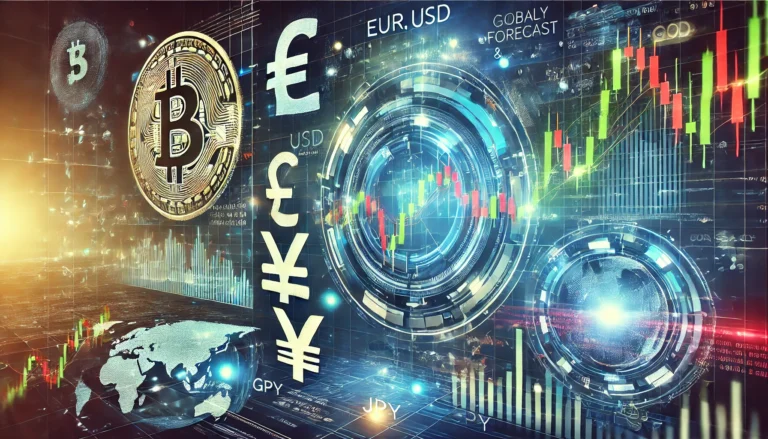
VPS Connectivity Issue can disrupt your trading. Learn to resolve and manage it effectively to enhance your Forex trading experience.
Forex trading is a thrilling adventure, but it comes with its own set of challenges. One common problem is the VPS connectivity issue. This problem can lead to missed opportunities and financial losses. Without a stable connection, trades can be interrupted, causing traders to panic and make hasty decisions.
Both beginners and seasoned professionals struggle with this connectivity problem. Imagine placing a trade and suddenly losing connection. It’s frustrating! Understanding this issue is crucial. The more you know, the better you can manage it and protect your trading capital.
In the world of Forex, keeping an eye on market movements is essential. For instance, the USDCHF analysis July 30, 2025 provides insights into currency fluctuations that can impact your trades.
Understanding the Problem
The VPS connectivity issue happens when your Virtual Private Server (VPS) fails to connect or maintain a stable connection to the internet. This can occur for various reasons, such as server overload, hardware failures, or even internet service provider disruptions. When this happens, your trading platform may freeze or disconnect, leaving you unable to manage your trades effectively.
For example, imagine you are trading during a high-volatility event, like a central bank announcement. Suddenly, your VPS fails, and you can’t execute a trade. You could lose out on significant profits or even worse, incur losses. This scenario highlights the importance of understanding and addressing VPS connectivity issues in Forex trading.
Solutions for VPS Connectivity Issue
Now, let’s dive into how to fix or avoid the VPS connectivity issue. Here’s a step-by-step guide:
Step 1: Choose a Reliable VPS Provider
Always select a VPS provider known for its reliability. Look for providers with a strong track record and positive reviews from traders.
Step 2: Test Your Connection
Regularly check your internet connection. Use speed test tools to ensure you have a fast and stable connection.
Step 3: Optimize Your VPS Settings
Adjust your VPS settings to ensure maximum performance. This may include increasing RAM or CPU resources.
Step 4: Use a Backup Connection
Consider having a backup internet connection. This could be a mobile hotspot or another internet service provider.
Step 5: Monitor Your VPS Performance
Keep an eye on your VPS performance. Use monitoring tools to track uptime and identify issues before they affect your trading.
Step 6: Stay Updated
Regularly update your trading software and VPS operating system. This ensures you have the latest features and security patches.
Step 7: Contact Support
If you encounter issues, don’t hesitate to contact your VPS provider’s support team. They can help troubleshoot problems quickly.
As a side note, you might also face issues like Custom colors reverting to default which can be frustrating. Addressing these minor issues can significantly improve your trading experience.
Frequently Asked Questions
- How do I detect this issue in real-time?
You can monitor your trading platform for signs of lag or disconnection. If you notice delays in trade execution, it might be a sign of a VPS connectivity issue. Additionally, set up alerts to notify you of any disconnections.
- Can brokers legally do this?
Yes, brokers can enforce certain connection policies. However, they cannot cause connectivity issues intentionally. It’s essential to choose a broker with a good reputation.
- What tools can I use to prevent this?
There are various tools available, such as network monitoring software that alerts you to connectivity issues. Additionally, consider using remote desktop applications that keep you connected to your VPS.
- Is this problem more common in specific market conditions?
Yes, VPS connectivity issues may occur more frequently during high-volatility events. During these times, server loads increase, leading to potential disconnections.
- What should I do if the issue persists?
If the problem continues, consider switching to a more reliable VPS provider or upgrading your current plan for better resources.
Conclusion
Understanding and managing the VPS connectivity issue is crucial for successful Forex trading. By applying the solutions outlined in this article, you can minimize disruptions and protect your investments. Stay informed and always look for ways to improve your trading strategies.
Stay engaged with your trading journey. Knowledge is power, and by understanding VPS connectivity issues, you can navigate the Forex market confidently.
Recommended Next Steps
Here are some steps to take after reading this article:
- Research and select a reliable VPS provider.
- Regularly test and monitor your internet connection.
- Stay updated with the latest trading software and VPS settings.
- Join Forex trading forums to share experiences and learn from others.
- Consider creating a checklist of steps to follow when you encounter connectivity issues.
Want to level up your trading skills? Check out trusted insights from International Monetary Fund, Action Forex
Expand Your Knowledge
- 📌 Forex Trading Learning Road Map
- 📌 Forex Trading Course with no Fees
- 📌 Forex Trading Issues, Problems, and Solutions
- 📌 Forex Daily Forecast & Live Updates
- 📌 Forex Fundamental & News Analysis: Tomorrow’s Market Movers & Trade Opportunities
- 📌 Forex Education Hub: Learn & Profit
- 📌 Forex Technical Analysis, Indicators & EA’s
Start Trading Today
Ready to take your forex trading to the next level? Open an account with Exness, one of the most trusted platforms in the industry. 👉 Sign Up Now and trade with confidence!
My recommended broker stands out with ultra-low spreads for beginners, instant withdrawals, and zero spread accounts for pro traders.
Trusted since 2008, lightning-fast execution, no hidden fees, and a secure, transparent trading environment—giving you the edge you need to succeed. 🚀
YouTube Video Library: Related Videos
Note: The video above is embedded from YouTube and is the property of its original creator. We do not own or take responsibility for the content or opinions expressed in the video.



